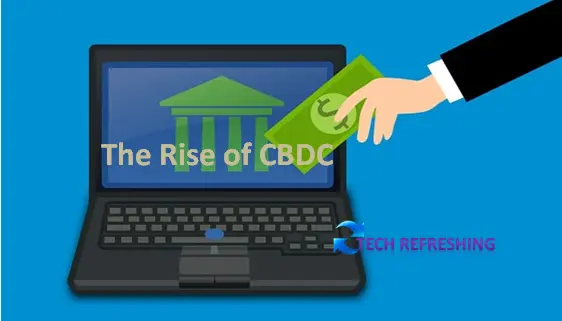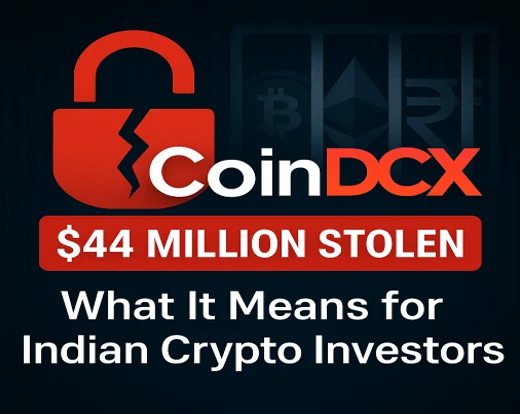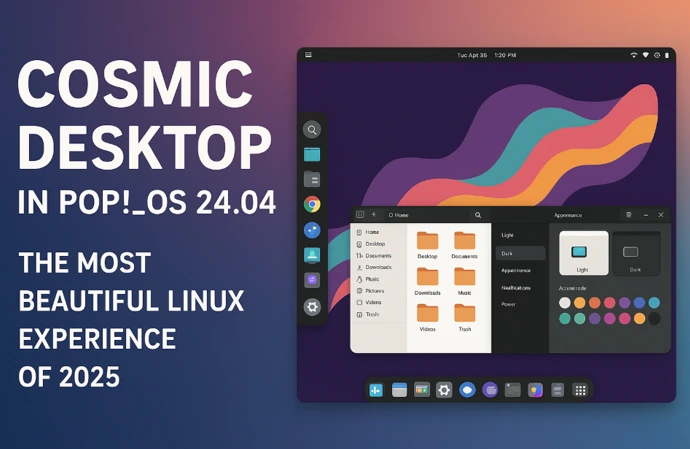
Central Bank Digital Currencies (CBDCs) have been gaining attention in recent years as a potential alternative to traditional fiat currencies. CBDCs are digital versions of a country’s fiat currency, issued and controlled by the central bank. They have the potential to revolutionize the way we conduct transactions and interact with money. In this article, we will explore the rise of CBDCs, their potential benefits, and the challenges they face.
The Rise of CBDCs

CBDCs have been in development for several years, but the COVID-19 pandemic has accelerated their implementation. The pandemic has highlighted the limitations of traditional fiat currencies, such as their vulnerability to physical handling and potential for contamination. CBDCs offer a solution to these issues by allowing for contactless transactions and reducing the need for physical currency.
Another factor driving the development of CBDCs is the increasing popularity of cryptocurrencies. While cryptocurrencies are not issued or controlled by central banks, they have gained mainstream attention and adoption. This has led central banks to consider creating their own digital currencies to maintain control over the monetary system and prevent the potential negative effects of cryptocurrencies.
There are two main types of Central Bank Digital Currencies (CBDCs):

Account-based CBDCs:
This type of Central Bank Digital Currency is linked to an individual or entity’s account at the central bank. This account-based system is similar to traditional bank accounts and transactions are recorded on a centralized ledger. This type of CBDC is more similar to traditional banking systems and allows for a high level of control by the central bank over the money supply.
Token-based CBDCs:
This type of Central Bank Digital Currency is not linked to an individual or entity’s account at the central bank. Instead, transactions are recorded on a decentralized ledger, such as blockchain. Token-based CBDCs are more similar to cryptocurrencies and provide more anonymity than account-based CBDCs. Token-based CBDCs offer a high level of security, but less control by the central bank over the money supply.
Both types of Central Bank Digital Currencies have their own advantages and disadvantages, and the choice of which type to implement depends on the goals and objectives of the central bank and the country’s legal and regulatory environment.
Potential Benefits of CBDCs

CBDCs have the potential to offer several benefits over traditional fiat currencies. These include:
Increased accessibility:
CBDCs can be easily accessed by individuals and businesses through digital platforms, making them more accessible to those who may not have access to traditional banking services.
Improved financial inclusion:
CBDCs can help to increase financial inclusion by providing a digital alternative to traditional banking services for those who may not have access to them.
Increased security:
CBDCs can offer increased security compared to traditional fiat currencies by using blockchain technology to secure transactions and prevent fraud.
Reduced costs:
CBDCs can reduce transaction costs by eliminating the need for intermediaries such as banks and payment processors.
Improved monetary policy:
CBDCs can allow for more effective monetary policy by providing the central bank with more direct control over the money supply.
Challenges Faced by CBDCs
While CBDCs offer many potential benefits, they also face several challenges. These include:
Technical challenges:
Developing a CBDC requires significant technical expertise and resources. Central banks must ensure that their systems are secure and can handle high volumes of transactions.
Privacy concerns:
CBDCs may raise privacy concerns as they could allow for increased surveillance of individuals’ financial transactions.
Legal and regulatory challenges:
CBDCs may require changes to existing laws and regulations, which can be a complex and time-consuming process.
Competition with other digital currencies:
CBDCs will face competition from other digital currencies, such as cryptocurrencies, which may already have a significant user base.
Conclusion
Central Bank Digital Currencies are an exciting development that has the potential to revolutionize the way we interact with money. They offer many benefits over traditional fiat currencies, including increased accessibility, improved security, and reduced costs. However, they also face several challenges that must be addressed before they can be fully implemented. As Central Bank Digital Currencies continue to gain attention and development, it will be important for central banks and governments to carefully consider these challenges and find ways to overcome them.







